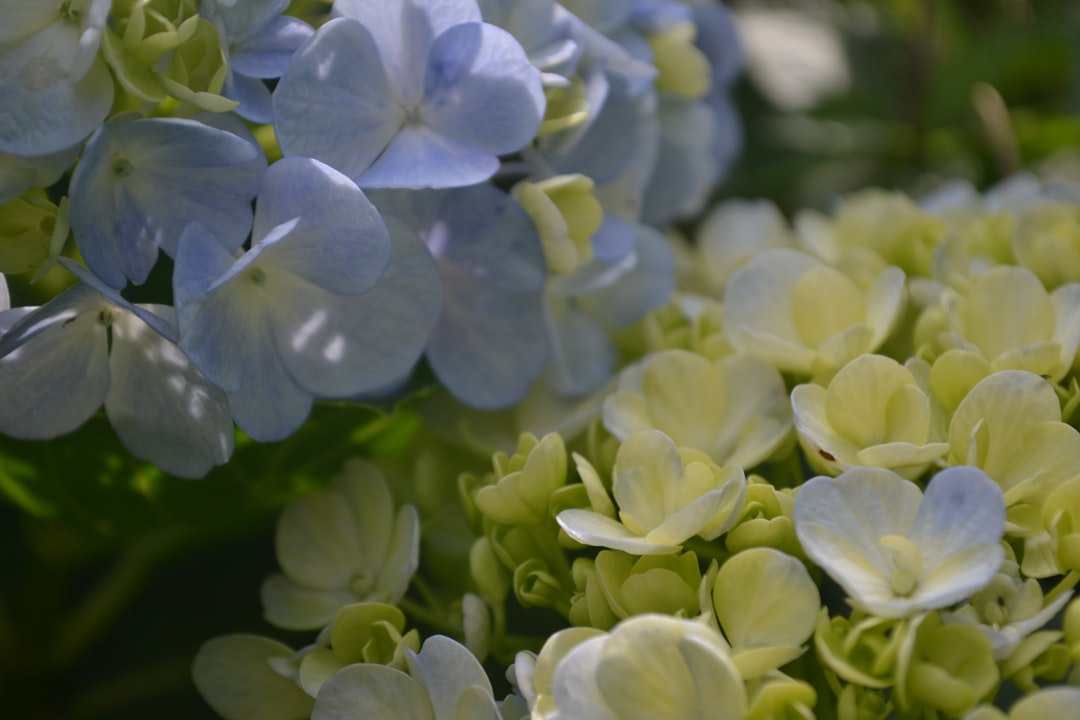Transform Your Garden in Dry Times

In a world where water scarcity is becoming an increasingly pressing issue, the art of landscaping has taken on a new dimension. Drought - tolerant landscaping isn't just a trend; it's a practical and environmentally responsible approach to creating beautiful outdoor spaces. Let's explore how you can make the most of limited water with these innovative drought - tolerant landscaping ideas.
One of the first steps in drought - tolerant landscaping is choosing the right plants. Native plants are a gardener's best friend in this regard. They have evolved over time to thrive in the local climate and soil conditions, which means they require less water to survive. For example, in the southwestern United States, plants like the agave and yucca are excellent choices. These succulents store water in their thick leaves and stems, allowing them to go for long periods without rainfall. Their unique shapes and textures also add an interesting visual element to the landscape.
Another group of drought - tolerant plants is ornamental grasses. Grasses such as blue fescue and pampas grass are not only low - maintenance but also highly adaptable to dry conditions. They can be used to create borders, add movement to the garden, or even as a focal point. When planted in groups, they form a natural and beautiful display that can enhance the overall aesthetic of your landscape.
Beyond plant selection, the way you design your landscape can significantly impact water usage. Incorporating hardscaping elements is a great strategy. Patios, walkways, and retaining walls made from materials like stone or concrete can reduce the amount of water - thirsty turf in your yard. These hard surfaces also provide functional areas for outdoor activities, such as dining or entertaining. Additionally, you can use gravel or crushed stone as ground cover in areas where you don't want to plant. It not only looks attractive but also helps to prevent soil erosion and retain moisture in the soil.
Water - efficient irrigation systems are essential for drought - tolerant landscaping. Drip irrigation is one of the most effective methods. Instead of spraying water over a large area like traditional sprinklers, drip irrigation delivers water directly to the base of the plants. This reduces water waste from evaporation and runoff. You can also install a rainwater harvesting system. Collecting rainwater from your roof and storing it in barrels or cisterns allows you to use this free and natural resource to water your plants during dry spells. It's an eco - friendly and cost - effective solution that can make a big difference in your water consumption.
Proper soil preparation is often overlooked but crucial for drought - tolerant landscaping. Amending your soil with organic matter, such as compost, can improve its water - holding capacity. Compost helps to break up heavy clay soils, allowing water to penetrate more easily, and it also adds nutrients to the soil. This encourages healthy root growth, which in turn helps plants better withstand dry conditions. You can also use mulch around your plants. A layer of mulch, such as wood chips or shredded bark, acts as an insulator, keeping the soil cool and reducing water evaporation. It also helps to suppress weeds, which compete with your plants for water and nutrients.
In conclusion, creating a drought - tolerant landscape is a rewarding endeavor that combines beauty with practicality. By carefully selecting the right plants, incorporating hardscaping elements, using water - efficient irrigation systems, and preparing the soil properly, you can transform your yard into a sustainable and stunning outdoor space. Not only will you be doing your part to conserve water, but you'll also enjoy a garden that thrives even in the face of limited water resources. So, roll up your sleeves and start planning your drought - tolerant landscape today!